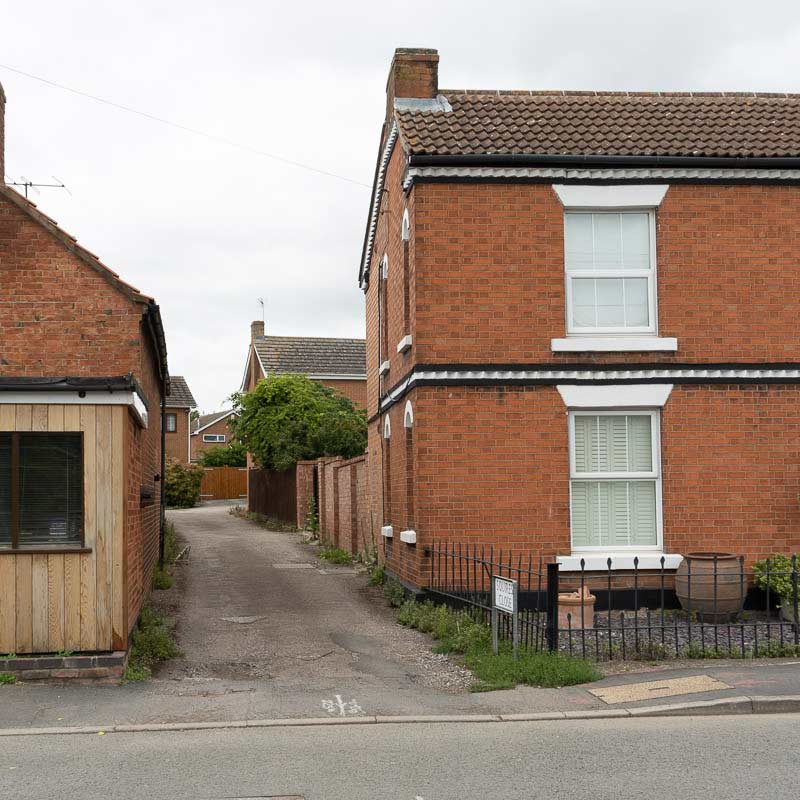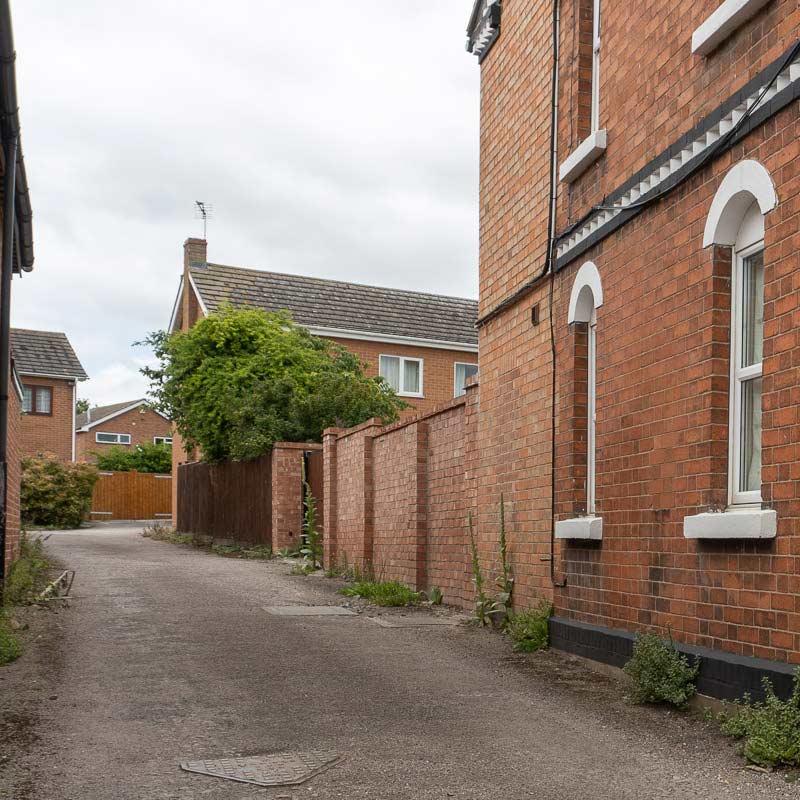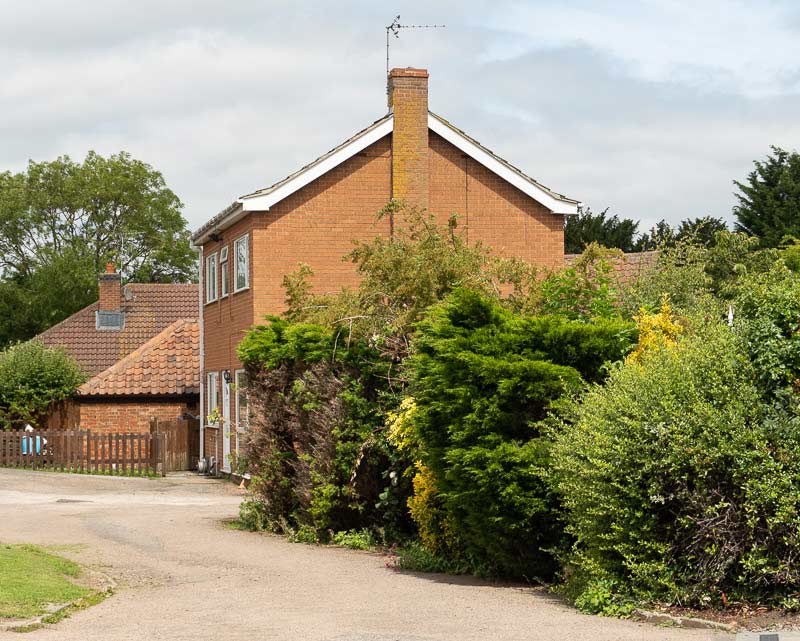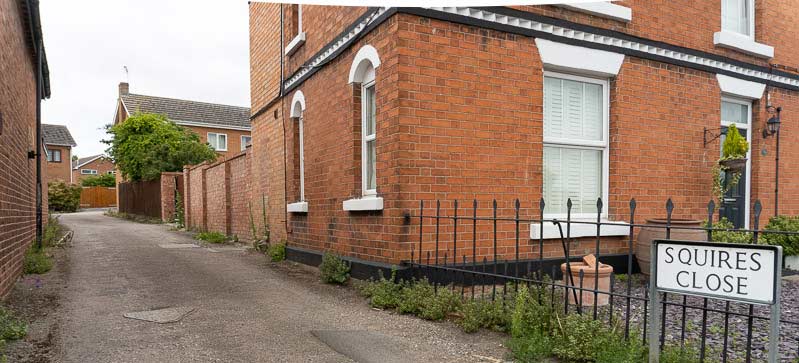Cropwell Bishop Streets: — Squires Close (19-7-20)

Squires Close; named after the lord-of-the-manor or a local knight of old? I used to think so - but I was wrong.
The houses in Squires Close were built in the mid 1970s, not long after the completion of the Wimpey housing estate which included, “just over the fence”, Hall Drive.
At the bottom of Hall Drive, the gap between house numbers 30 and 32 is about 2m wider than normal. When Wimpey built the houses in 1974 there was every intention of having a public footpath between these houses and onwards to Church Street. For a time, people did indeed use this route as a short-cut to the Coop which was on Church Street at that time.
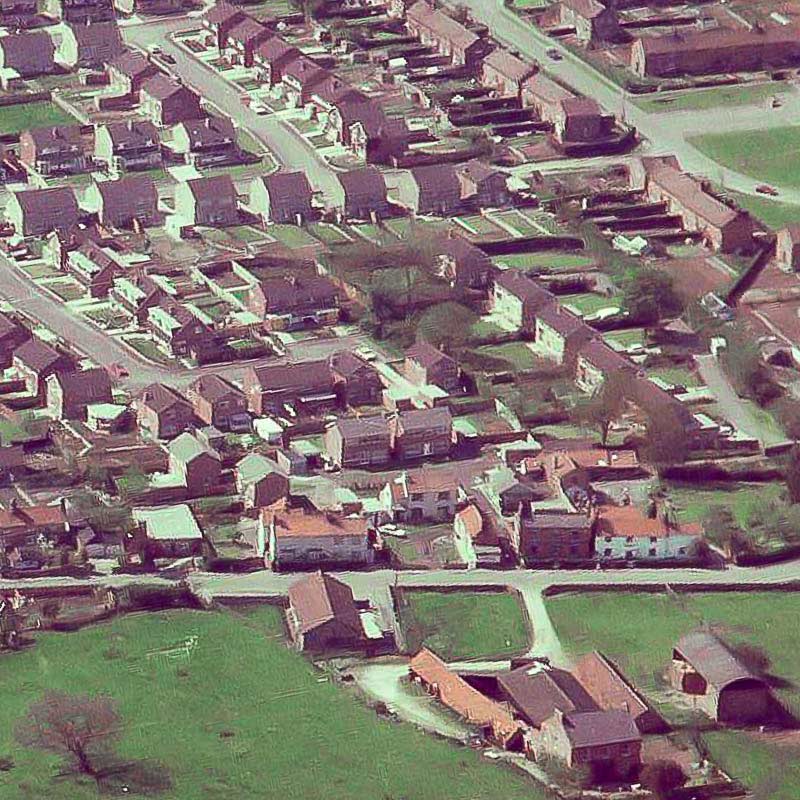
However, planners overlooked the fact that the route was through land not owned by them but by Cropwell Bishop builder, Dennis Smith - and he had every intention of building houses on it. That was the end of the footpath idea but the beginning of Squires Close.
The area was quite small; not surprising really because it was effectively the back garden of a house on Church Street. It was only big enough for 5 detached houses - just two other streets in the village have a smaller number.
Here is a photo of the house from Church Street taken in the 1930s.
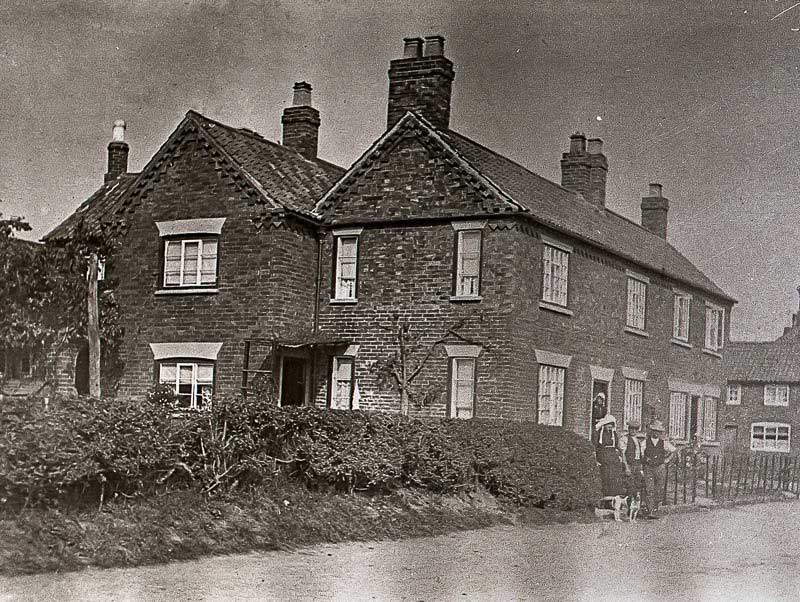
That is almost a hundred years ago and, not surprisingly, it has been much modernised since then but, even so, its unusual shape makes it easy to recognise: here is what 47 Church Street looks like today.

So, how did Squires Close get its name?
Well, we do know that 47 Church Street was for a long time owned by a family named Squires: it was even referred to as Squires House.
But surely, that is not enough to justify naming a street after the owner: not everyone gets a street named after them when houses are built in their old back garden – there must be more to it than that.
The Squires family have 12 graves in St Giles Churchyard, ranging from 1839 to 1925. We do know that for over a century, family members involved themselves in a wide range of activities in Cropwell Bishop.
It all began in about 1800 when James Squires, an agricultural labourer in Flintham, married Cropwell girl Mary Mabbot. Although they decided to live in Flintham, two of their sons, John and George (no record of a Paul or Ringo!), went on to also marry Cropwell girls (what was it about our village girls?) and decided to make their homes in Cropwell Bishop.
The older one, John, married Sarah Allcock at St Giles Church in 1832 and they went on to have 8 children, but 4 died in infancy. John was a stone mason and bricklayer, and was also an active Methodist Preacher locally. The family lived at 47 Church Street – the house referred to above which, over the years, became known as Squires House.
So, we know that John Squires lived with his family at Squires House and we know that 140 years later, Squires Close was built in the back garden – so presumably, the Close was named after John Squires.
Hold on, it’s not that simple: lots of other Squires characters appeared during those 140 years, might not one of them be the one commemorated?
One of John and Sarah’s sons, Samuel, grew up to be a farmer and owner of 120 acres: he sounds promising. However, he did not live in Squires House, but down the road in the cottages known then, as Salvins Row. Also, by the time he was 40, he was farming with his wife and 4 children at Frisby-on-the-Wreake near Melton Mowbray. So, not the person you would name a Cropwell Bishop street after.
Meanwhile, George (the younger son of James and Mary), had married Sarah Thraves and they lived at Mill Hill Cottages on Fern Road (Fern Road was called Mill Hill in those days). George was also a bricklayer and, later on, a ‘letter cutter’, probably of gravestones. George and Sarah had at least 10 children (no television in those days).
Their son, George, started as a Baker & Grocer and lived with his wife, Miriam, at the Co-operative Store in the village. Within a few years though, he became a Builder and Bricklayer and they lived with their 7 children at Mill Hill, maybe at his late father's house.
Here are photographs of George and Miriam in 1910.
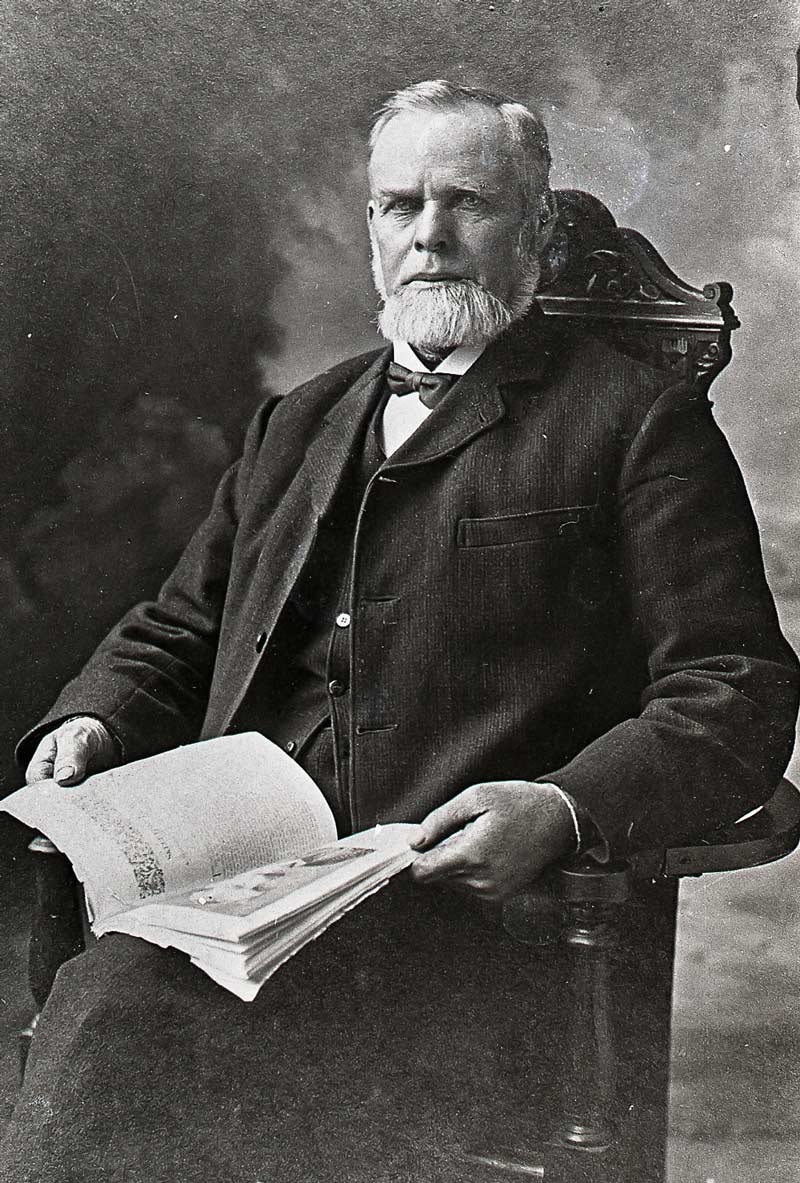
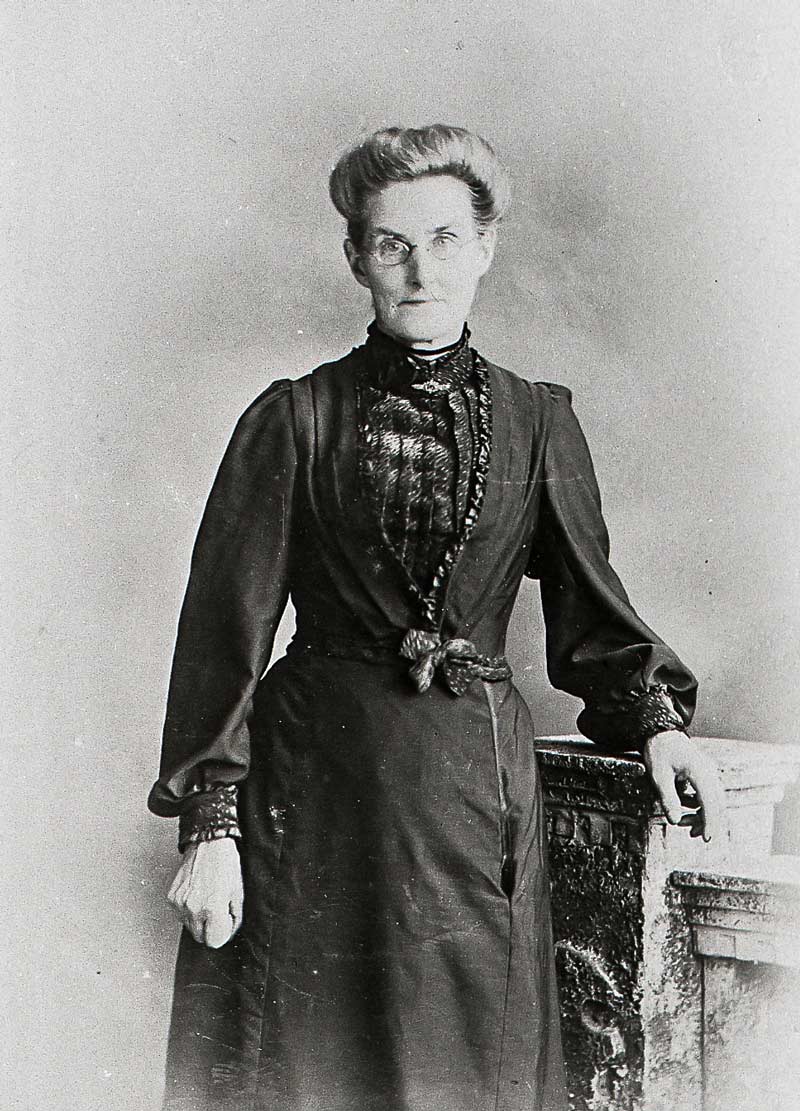
Another son of George and Sarah, Stephen, lived with his wife and 6 children on Fern Road (then called Mill Hill). Like his father, he was a gravestone mason: his name, “Squires”, is engraved on the base of many local gravestones – including some in St Giles Churchyard.
Now, the question is, which of the many members of the Squires family is Squires Close named after? To be honest, I have no idea!
Here are some pictures of family members: any thoughts?
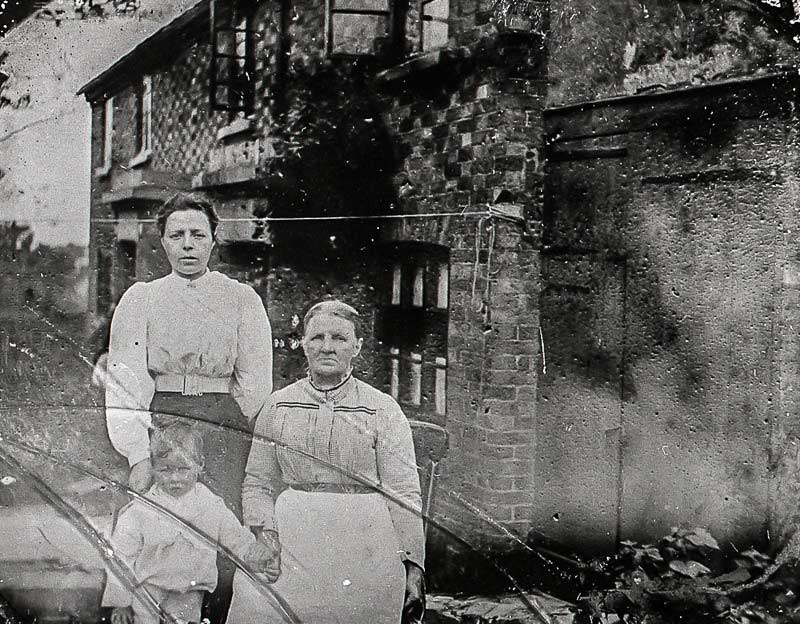

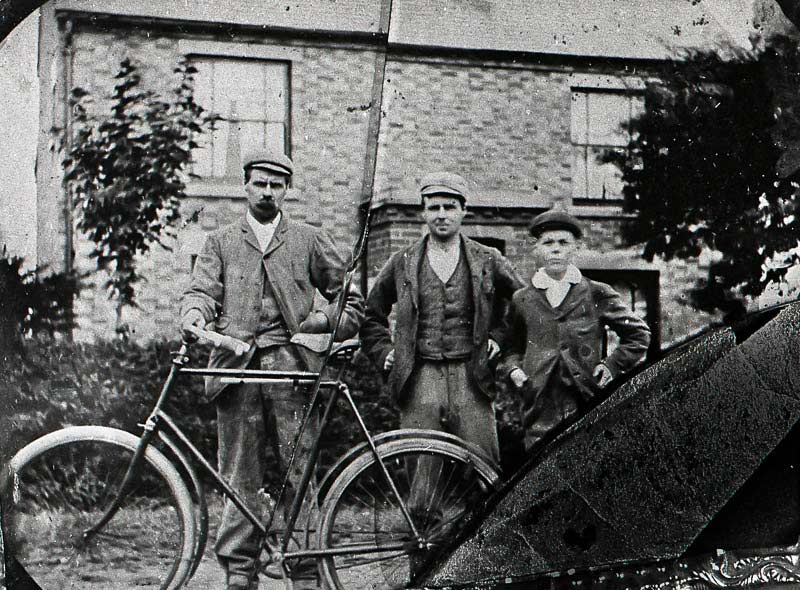
I think the best answer is that Squires Close was named to celebrate all members of the Squires family. Some will have lived in Squires House and have worked and played on the land now occupied by Squires Close so, linking them all to the street, would have been a great decision.
Tony Jarrow
Note:
The extended Squires family were involved in many aspects of Cropwell Bishop life and one descendent still is. Malcolm Dabell lives in the village and was the provider of much family history for this article. A thank you to him.
Thanks also to Anne Terzza and Pam Barlow for their help.
I suspect that most people in the village have never walked down Squires Close, tucked away as it is off Church Street. Here is your chance to see what you are missing ....
